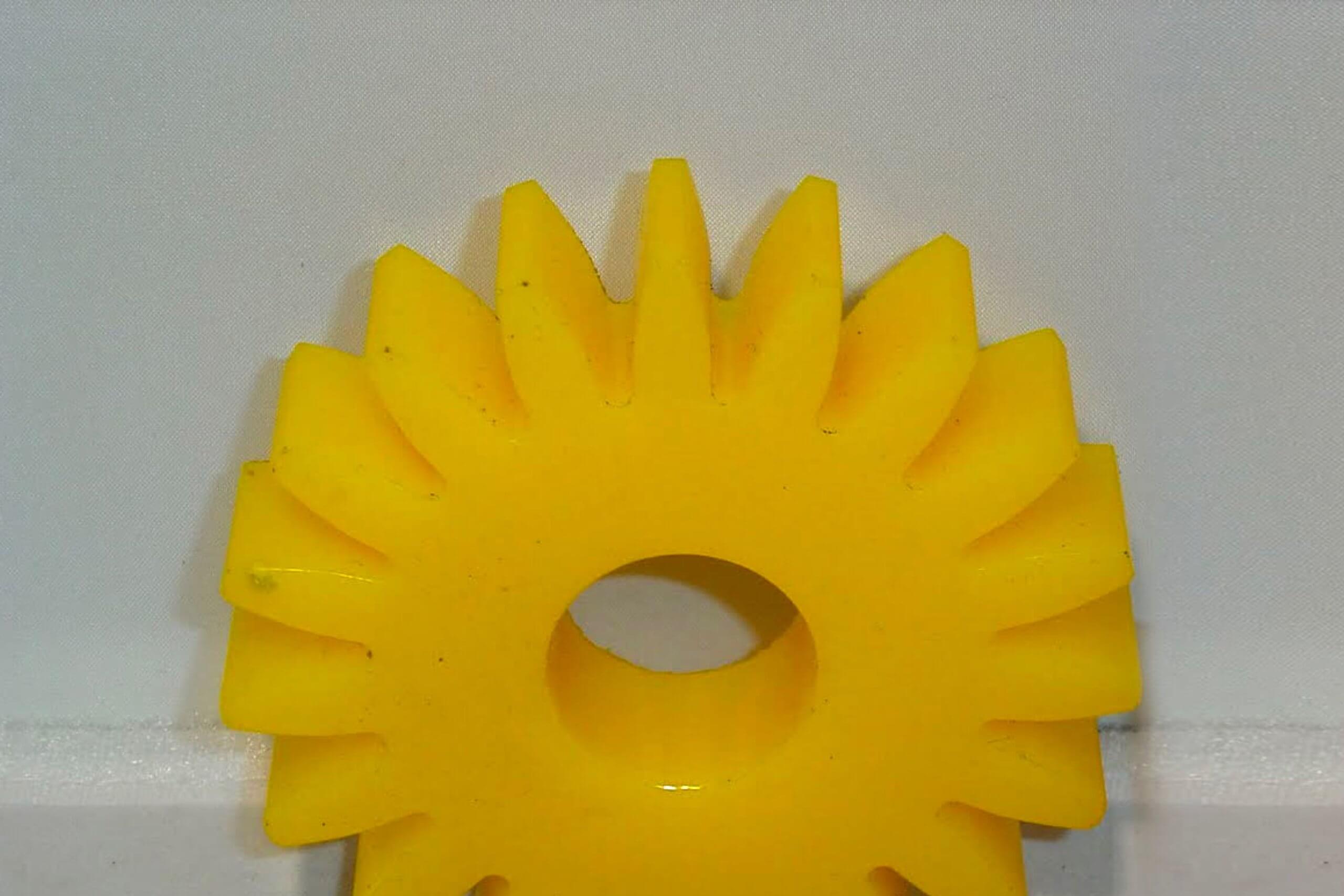When you hear the word
“poly”, plastic is usually the first thing that comes to mind. But is polyurethane actually a plastic? The short answer: not exactly. While polyurethane (PU) belongs to the same broad family, thermoset polyurethanes are elastomers — materials with very different properties to traditional plastics.
In this article, we’ll break down the key differences between polyurethane and plastic, explain how polyurethane is made, and explore its most valuable features and benefits.
Which Came First: Plastic or Polyurethane?
Plastic (specifically polythene) was discovered first in 1933 at the ICI Wallerscote plant, when a lab experiment unexpectedly produced a white, waxy substance. It took researchers another five years to reliably reproduce the chemistry — but this breakthrough marked the beginning of modern plastics.
Just a few years later, in 1937, Otto Bayer and his team at IG Farben in Leverkusen, Germany, patented the chemical process for creating polyurethane.
Fast forward to 1969, Bayer unveiled an all-plastic concept car, much of it built using reaction injection moulding (RIM) — a technique that still underpins polyurethane’s incredible versatility today.
What’s the Difference Between Polyurethane and Plastic?
At first glance, polyurethane and plastic seem similar — both can be moulded into countless shapes and used across industries. But at a molecular level, they behave very differently.
Polyurethane is an elastomer, while
plastic is a polymer. Here’s what that really means:
What is an elastomer?
Elastomers are made up of long, flexible, chain-like molecules that give them their elasticity. This means they can stretch under force and then return to their original shape — much like a rubber band. In fact, natural rubber itself is an elastomer made from latex.
How are plastics different?
Plastics also have chain-like polymer molecules, but they lack the flexibility of elastomers. Once stretched or stressed, plastics are more likely to deform or even break. While plastics are typically shaped through
injection moulding, elastomers like polyurethane are often produced using
cast moulding or
reaction injection moulding (RIM) — processes that enhance their resilience and versatility.
The Benefits of Polyurethane Over Plastic
Polyurethane stands out from traditional plastics thanks to its unique elastomeric properties. Here are the key advantages:
1. Durability & Flexibility
Polyurethane can withstand pressure and force without losing its shape. This elasticity makes it ideal for applications where resilience is essential.
2. Long-Term Cost Effectiveness
Although production costs are similar to plastics, polyurethane’s durability gives it a longer lifespan — often outlasting not just plastics, but even some metal alternatives. A clear example is in agriculture, where
polyurethane star wheels outperform metal versions thanks to their microbial resistance and longevity.
3. Load-Bearing Strength
Polyurethane can tolerate extremely heavy loads without breaking or distorting. This makes it perfect for
shock-absorbing products like reusable packaging blocks, where strength and reusability go hand in hand.
4. Abrasion Resistance
Thanks to its flexible molecular structure, polyurethane resists wear and tear caused by friction. This makes it a go-to material for
industrial wheels and tyres or poly rollers, where it significantly outlasts other plastics.
5. Temperature & Friction Control
Polyurethane remains stable across a wide temperature range, from
-62°C to 93°C, with some formulations performing up to
150°C. It can also be customised for more or less friction — ideal for
conveyor belt rollers, where the right balance keeps systems moving smoothly.
6. Noise & Sound Dampening
Polyurethane is highly effective at absorbing sound. For example,
polyurethane foams in car doors reduce road noise, while custom-made solutions provide the exact density needed to dampen vibrations in industrial settings.
Final Thoughts: Is Polyurethane Plastic?
So, is polyurethane plastic? Not quite. While it belongs to the same family, polyurethane behaves very differently thanks to its elastomeric properties. Both plastics and polyurethanes play an important role in manufacturing, but each excels in different applications.
If you need a material that offers
flexibility, durability, and resistance to wear and tear, polyurethane is often the smarter, more cost-effective choice — and in some cases, it can even outperform metal alternatives.










 Plastic is brittle and *****, and cracks/snaps etc, that will never happen with polyurethane, hence why we used it for skate wheels and bushings on track cars etc...
Plastic is brittle and *****, and cracks/snaps etc, that will never happen with polyurethane, hence why we used it for skate wheels and bushings on track cars etc...